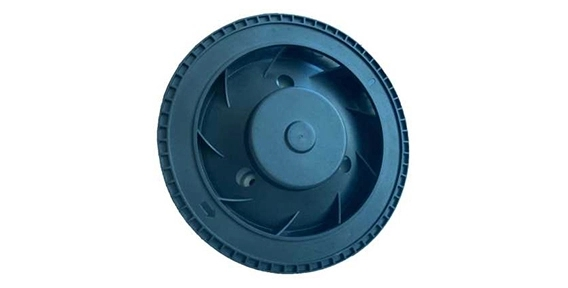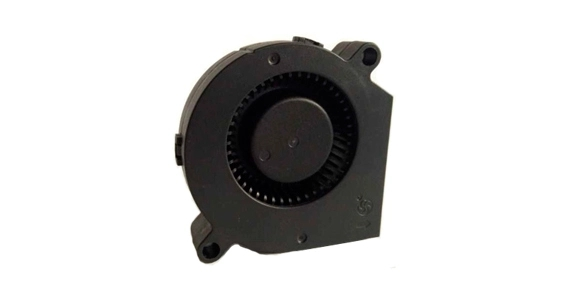In today's technology-driven world, efficient cooling systems are crucial to ensure the optimal functioning and longevity of electronic devices. Traditional cooling methods have long been used, but they often fall short in terms of performance and efficiency. However, with recent innovations in DC brushless mini cooling fan technology, a new era of thermal management has emerged. In this article, we will explore the comparison between DC brushless mini cooling fans and traditional cooling methods, the innovations in this technology, and how they impact performance. We will also delve into the strategies that utilize these fans for thermal management and heat dissipation.
Comparison between DC cooling fans and traditional cooling methods
Traditional cooling methods, such as air conditioning and heat sinks, have been widely used for cooling electronic devices. However, these methods have limitations when it comes to compact devices or spaces with limited airflow. They often require a large space for installation and consume a significant amount of energy. This is where DC cooling fans come into play. These fans are compact in size and can be easily integrated into various electronic devices. They provide efficient cooling by creating a directed airflow, allowing for precise temperature control and heat dissipation.

Innovations in DC cooling fan technology and their impact on performance
DC brushless mini cooling fans have undergone significant technological advancements that have improved their performance and efficiency. One of the key innovations is the use of brushless motors, which eliminate the need for brushes and commutators. This leads to reduced friction and wear, resulting in increased reliability and lifespan of the fan. Additionally, these fans are equipped with advanced control systems that allow for precise speed control and temperature monitoring. This ensures that the fan operates at an optimum level, providing efficient cooling and reducing energy consumption.
Thermal management and heat dissipation strategies using DC cooling fans
DC brushless mini cooling fans in axial cooling fans are an integral part of thermal management and heat dissipation strategies. These fans can be strategically placed in electronic devices to direct airflow towards heat-generating components. This helps in dissipating the heat efficiently and maintaining the desired temperature levels. The compact size of these fans enables their installation in tight spaces where traditional cooling methods may not be feasible. Furthermore, the precise control capabilities of these fans enable the adjustment of fan speed based on the heat load, resulting in optimal cooling performance.
Apart from their use in electronic devices, DC brushless mini cooling fans also find applications in various industries. These fans are commonly used in automotive cooling systems, computer servers, telecommunications equipment, and home appliances. They provide reliable and effective cooling solutions while minimizing energy consumption. Their versatility and compact size make them ideal for a wide range of applications.
In conclusion, DC brushless mini cooling fans have revolutionized thermal management and heat dissipation. They offer a compact and efficient cooling solution, outperforming traditional cooling methods in many aspects. The advancements in technology have resulted in improved performance, reliability, and energy efficiency. The precise control capabilities of these fans allow for effective temperature control and heat dissipation, making them an essential component in various industries. With the ever-increasing demand for compact and efficient cooling solutions, DC brushless mini cooling fans are set to play a significant role in the future of thermal management and heat dissipation.


 EN
EN 
 +
+
 +
+
 +
+



